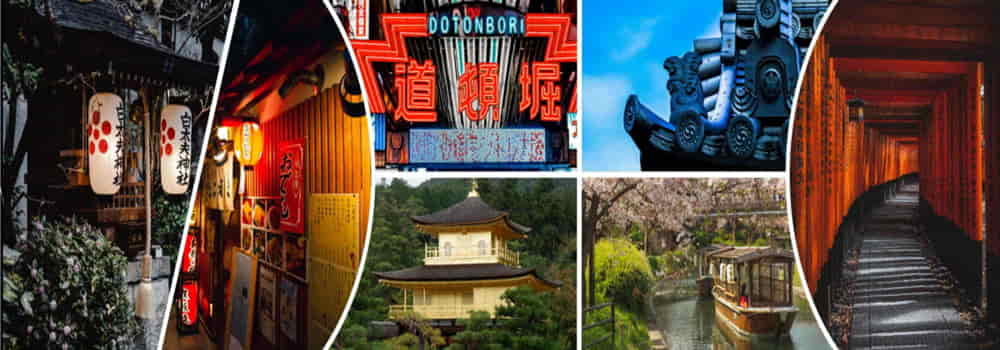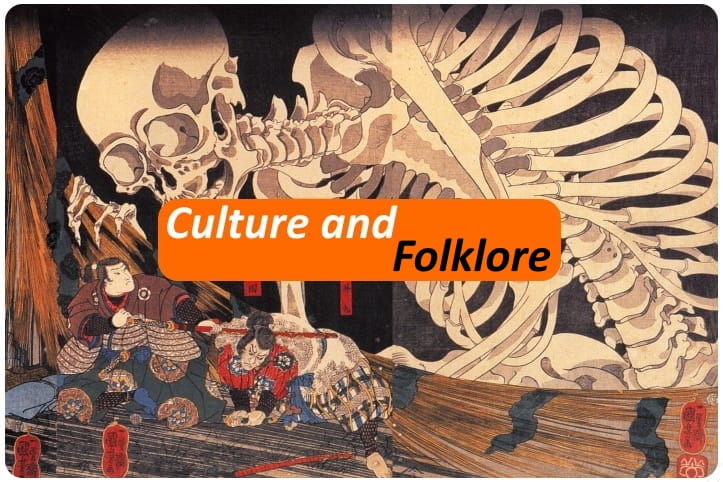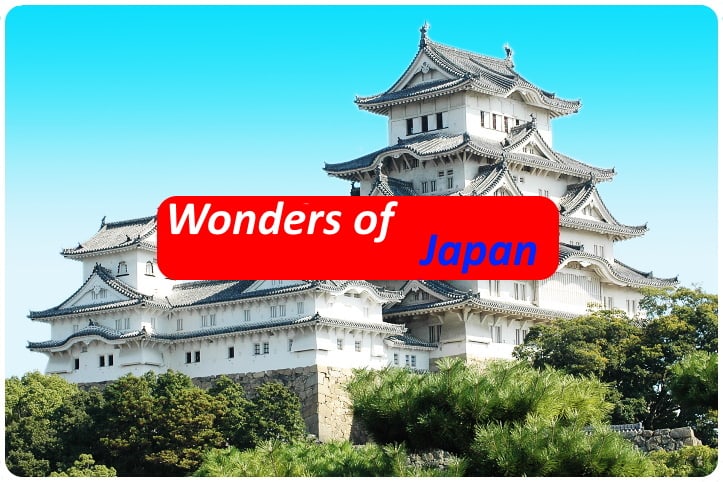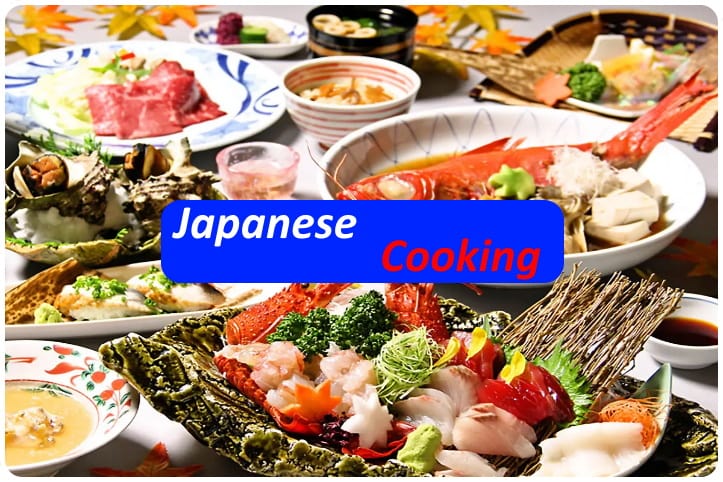Osechi-ryōri 御 節 料理 Traditional New Year Food
 In Japan there are some periods of the year that are "sacred" and not only in the spiritual sense, but days where the tradition is followed to the letter, the past returns to homes and especially to the tables of the Japanese.
In Japan there are some periods of the year that are "sacred" and not only in the spiritual sense, but days where the tradition is followed to the letter, the past returns to homes and especially to the tables of the Japanese.
Osechi Ryori, or simply Osechi as they are commonly called, are traditional foods of Japanese cuisine, which are eaten with family or friends on New Year's Day. These are different types of dishes, we'll talk about it later, which are packaged in boxes called Jūbako 重 箱 similar to bento boxes, to give you a familiar image.
The difference lies in the shape of these containers, they can be more than one to form different levels of 4 or 2 for the more modern ones, they have very beautiful and refined decorations that recall the past and the most valuable are not in simple plastic but are lacquered. Each family has its own and these containers are seen only once a year: the first of each year.

Part of the outfit is the presence of Iwai-hashi, chopsticks used to eat osechi ryori. They are special because in addition to being contained in a folded thank you card, they are adorned with greeting ribbons and calligraphy. The uniqueness of this type of chopsticks is fundamentally linked to two things, one of the material used for construction, unvarnished willow, because it is a type of wood that does well due to its flexibility and the difficulty of breaking. The second factor is due to the shape. The chopsticks are pointed at both ends, not to one like the classic ones, this is because with one side you can serve yourself from the jubako or share it with our diners, on the other you can use it to eat.
The preparation of Osechi takes a long time, both the preparation of the product, the eating inside the boxes, and the composition of the box itself. The composition is an integral part of the ritual because the products used, especially their colors, arranged in a certain way, recall prosperity, health, and general well-being in Japanese homes. The fact that this type of preparation takes a long time means that few families now prepare it on their own at home. Ah! small parenthesis, the Osechi tradition was born many years ago when families had to spend the first 3 days of the beginning of the year because the shops were closed. Since these ingredients lend themselves to storage for several days, this "trick" covered a real need.

They go back to the point before. Having no more time, in a society like the Japanese one where the time is now a luxury that very few can afford, it is almost as a rule to buy ready-made and packaged jubako (who has been to Japan if in December he goes to the big Japanese supermarkets , you will notice shelves full of different types and dishes). But the "time saved" have a cost in Japan, in fact these boxes can reach enormous figures, just think that the basic packages start from a few tens of thousands of yen up to hundreds of thousands especially if prepared by famous restaurants or big brands (if you were lucky enough to visit Japan at that time of year for sure like me you will be shocked by the sales figures).
As mentioned at the beginning, osechi are made up of many different types of ingredients but each one with the aim of ingratiating itself with the gods and good wishes. Let's see in general, with some examples, what it is made of, what ingredients, taking into account that the only variant that we usually notice in this tradition is linked to the place, the local regional tradition is an important part of the Osechi.
Kurikinton 栗 き ん と ん: Chestnuts are cooked together with the Japanese sweet potato, this kidney the sweetest flavor and a brown color that is associated with wealth and luck, especially related to finance. Kouhaku no Kamaboko 紅白 の か ま ぼ こ: prepared with a fish paste which is given a half moon shape. The colors white and red, an integral part of the secular Japanese spirituality is seen as protection against demons, evil.

Datemaki 伊達 巻: prepared with a mix of fish or shrimp purée, with a sweetish taste it gives it a rounded shape. It is associated with the desire for knowledge, a knowledge that you want to increase. The Kazunoko 数 の 子: herring eggs, a kind of bottarga, even in its shape recalls it, is an auspice of fertility, since the meaning of the name is similar to “many children”. Kuromame 黒 豆: black beans. Mame means "health", but also "work hard", you understand why it was chosen as a wish.

Ebi 海 老 and Ise Ebi 伊 勢 海 老: Shrimps and lobster. Shrimp are among the most used ingredients because they are associated with longevity. Accomplice of the thing is the name derived from the kanji and the crescent shape that make them look like "old men". The lobster, on the other hand, acts as a substitute in the more prized versions, those of the high-budget class.
Renkon レ ン コ ン: lotus flower root boiled and seasoned with vinegar and sugar. They represent the future. The Nishime 煮 し め: a mixture of boiled vegetables, represent family ties. Konbu 昆布: seaweed, eaten together with fish or as part of other preparations that represents happiness.

As always, Japanese traditions are fascinating and complicated, have you ever tasted osechi? Let us know yours. And Happy New Year.

 English (United Kingdom)
English (United Kingdom)  Italiano (it-IT)
Italiano (it-IT) 






![[Review] Princess Toyotomiプリンセス トヨトミ](https://www.fukainihon.org//cache/mod_jt_contentslider/fdfb524f85518b9476158c79c8ea022f_328.jpg)


